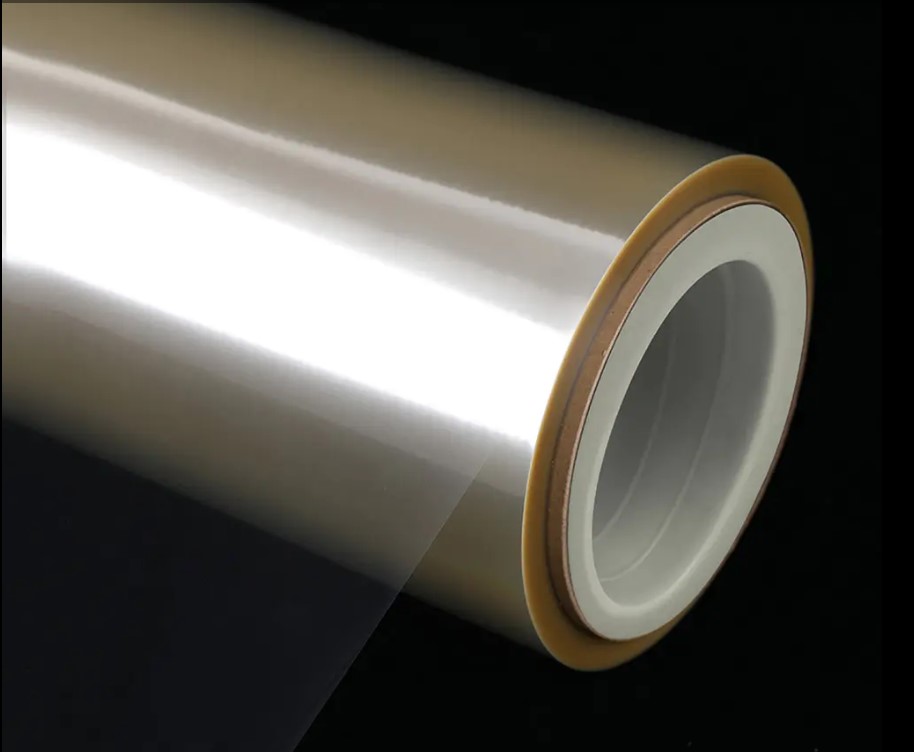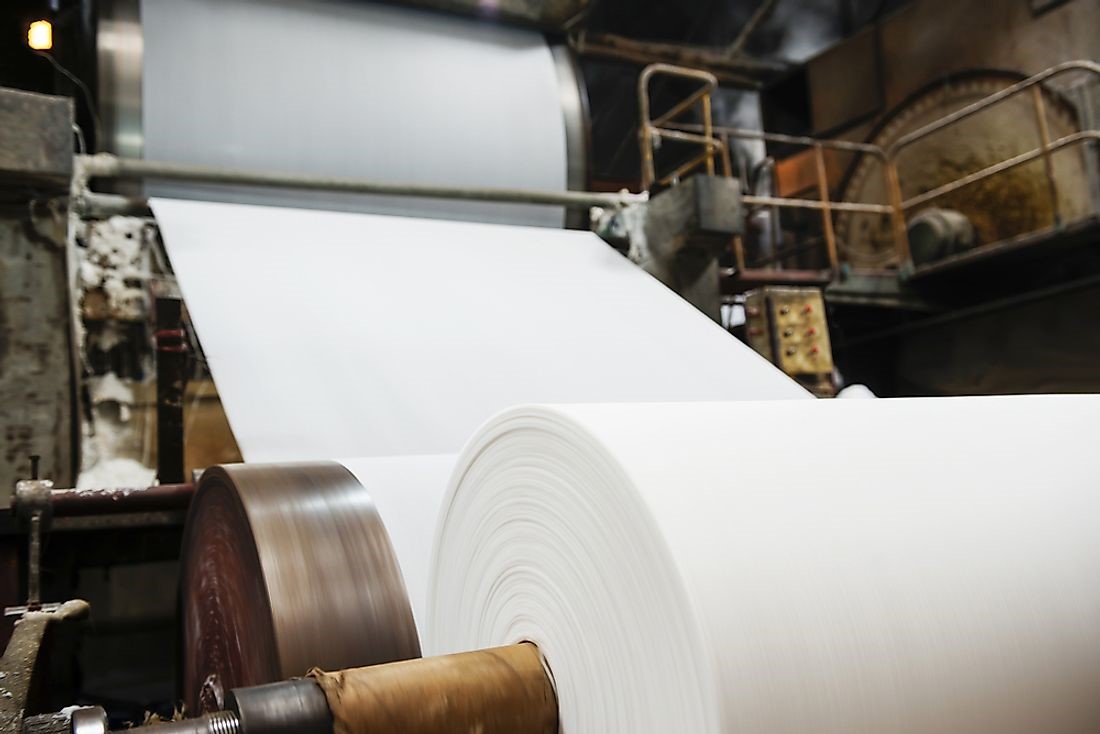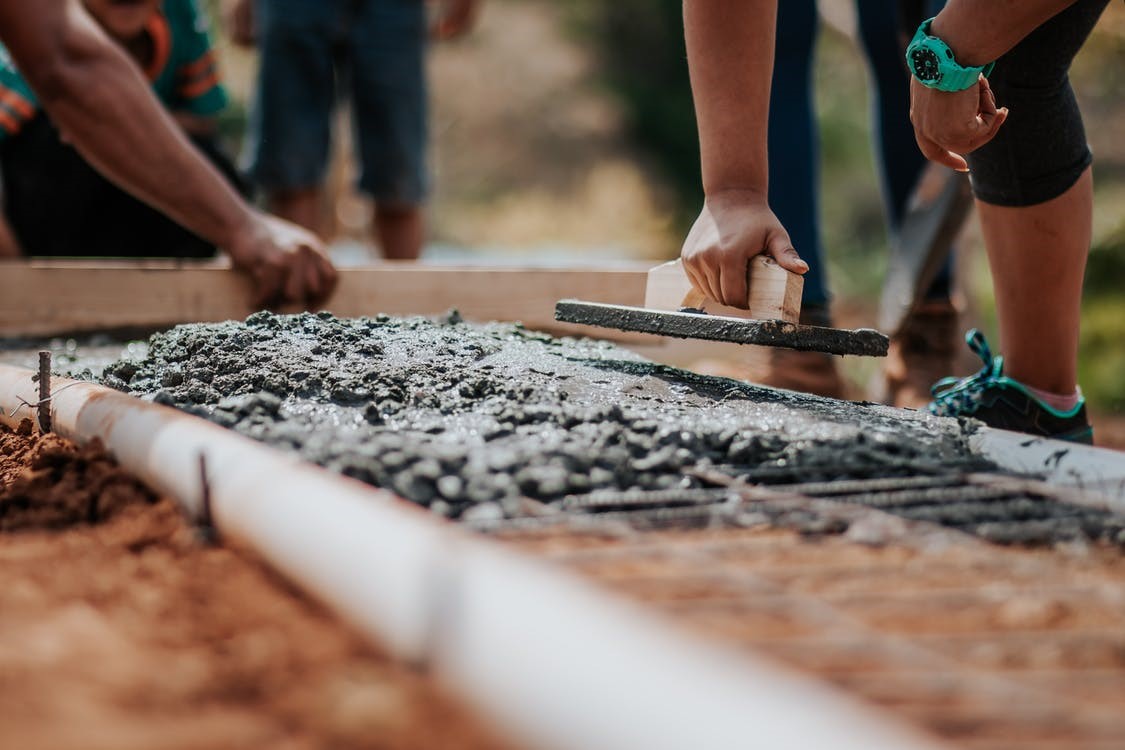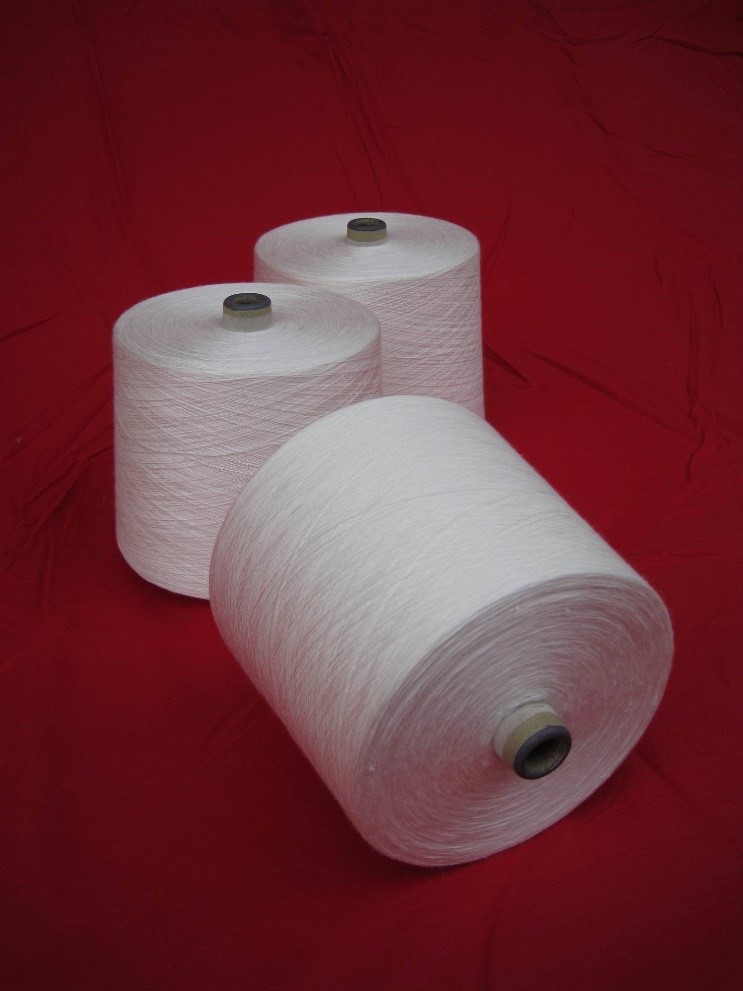Rony
Moderator
What Is PVA?
PVA stands for polyvinyl alcohol, which is a polymeric compound that is soluble in water. PVA was first developed in Germany by the Nobel Laureate Dr. Hermann Staudinger, and further developed in Japan. It's usually found in bead or solution form on the market, and industrially it can be made through the hydrolysis of polyvinyl acetate or any other vinyl ester derived polymer belonging to the formate or chloroacetate group.Different Grades Of PVA
There are different grades of PVA sold on the market. This could occur due to different levels of polymerization during the making process. Although it seems that these different types are the same chemical, they are suitable for different purposes. Here we list some of the PVA sold on the market and their specifications:| PVA Types | Degree of Alcoholysis (mol/mol) % | Viscosity (mPa.s) | Volatile (%) | Sodium Acetate (%) | pH range |
| PVA 2488 | 86.0 – 90.0 | 40.0 - 55.0 | 5.0 | 2.5 | 5-7 |
| PVA 2499 | 99.0 – 100.0 | 54.0 - 64.0 | 6.0 | 2.5 | 5-7 |
| PVA 1788 | 86.0 – 90.0 | 20.0 – 28.0 | 5.0 | 2.5 | 5-7 |
| PVA 1799 | 99.0 – 100.0 | 20.0 – 28.0 | 5.0 | 2.5 | 5-7 |
| PVA 1492 | 90.0 – 94.0 | 14.0 – 18.0 | 5.0 | 2.5 | 5-7 |
| PVA 1498 | 98.0 – 99.8 | 12.0 – 17.0 | 5.0 | 2.5 | 5-7 |
| PVA 0588 | 86.0 – 90.0 | 5.0 – 6.0 | 5.0 | 2.5 | 5-7 |
| PVA 0599 | 98.0 – 99.0 | 5.0 – 6.0 | 5.0 | 2.5 | 5-7 |
| PVA 0488 | 86.0 – 90.0 | 3.5 – 4.5 | 5.0 | 2.5 | 5-7 |
| PVA 0499 | 98.0 – 99.0 | 4.0 – 5.0 | 5.0 | 2.5 | 5-7 |
| PVA 1792 | 90.0 – 94.0 | 20.0 – 30.0 | 5.0 | 2.5 | 5-7 |
| PVA 1798 | 97.0 – 99.0 | 21.0 – 31.0 | 5.0 | 2.5 | 5-7 |
| PVA 2088 | 86.0 – 90.0 | 28.0 – 40.0 | 5.0 | 2.5 | 5-7 |
| PVA 2099 | 98.0 - 100 | 32.0 – 40.0 | 5.0 | 2.5 | 5-7 |
| PVA 2699 | 98.0 - 100 | 60.0 – 75.0 | 5.0 | 2.5 | 5-7 |
What’s PVA Used For?
| Application | Common Product Models | Usage Summary |
| Textile Processing | 1799、 1788 | As a slurry and modifier, it is applied to the adhesion of felt and nonwovens. |
| Paper Making | 1798、1799、2099 | As paper surface sizing agent, pigment binder, beating machine additive, etc., it is widely used in low-end and medium-high-end paper. |
| Adhesive | White Emulsion, Compound High-end Adhesive : 1788、2488 | It is used for paper, wood, textiles, office glue and high-grade coating base material, etc. |
| Adhesive | Building Adhesive :1799、2099、 2499、 2699 | It is used for putty adhesive and coating adhesive base material |
| PVA Fibers | 1798、1799、1099、0588、 2099 | It is used to produce synthetic fibers, including long staple fiber, high strength and high modulus fiber, medium strength and medium modulus fiber, water soluble fiber, etc. One example is Vinylon |
| PVB | 0499、0599、0899、1599、 1799 | Used as glass intermediate film, high-end products for automotive windshield and military bulletproof and solar cells. |
| PVA Film | 0588、1788、1798、1799、 2099 | It is used in water-soluble film, optical film and degradable film fields. |
1. Adhesive Material or Glue
PVA is known to be used as an adhesive material due to its high tensile strength and its ability to be solved in water. It is similar to natural adhesive material, such as dextrin and casein. However, PVA has the advantage of being more adhesive and has more stable chemical structure. This allows PVA to be used minimally when used as adhesive material.Generally, PVA 1788 and PVA 2488 are used for adhesive purpose. It is used as adhesive or glue for office purpose, paper, wood, textiles, and coating base material.
2. PVA Film
PVA Film is a film that is water soluble and biodegradable due to the properties of PVA. Although PVA is soluble in water, it is hard to dissolve in other chemicals, especially organic solvents. This makes PVA film a good choice to package chemical products such as detergents, agrochemicals, dyes, fertilizers, and water treatment chemicals.
PVA Film
To produce PVA Film, generally, PVA 0588, PVA 1788, PVA 1798, PVA 1799, and PVA 2099 are used.
3. Paper Making
Water-soluble polymers are used in various processes in the paper making industry. PVA is usually used as a binding agent, re-moisturizing agent, pigment coating, and surface sizing agent. Starch and casein were originally used as surface sizing and binding agents respectively. However, PVA is now being used due to it being more efficient to use.
Paper Making Industry
For paper making industry, PVA 1798, PVA 1799, and PVA 2099 are generally used
4. Plywood and Timber Processing
PVA is typically used as the binding agent for plywood and timber processing. In these processes, resins such as melamine, formaldehyde, and carbamide are typically used. If PVA is used in these resins, it could increase the viscosity and shorten the curing and cooling time of the resin. The addition of PVA will also increase the initial cohesion of the resin.For this purpose, PVA 1799, PVA, 2099, and PVA 2499 are commonly used.
5. Building Adhesive
In construction, PVA could be added to the cement mortar mix. The addition of PVA could increase the waterproofing qualities and the adhesion capability of the mixture to a surface. Other than being mixed into the cement mortar mixture, PVA could also be painted onto a surface before the mixture is applied to further increase the adhesion.
Cement Mixture in Construction
As building adhesive, PVA 1799, PVA 2099, PVA 2499, and PVA 2699 are used for this purpose.
6. Textile Processing
PVA is used in the preparation, printing, dyeing, and finishing processes in the textile industry to carry out these processes more efficiently. Here are the reasons why PVA is used as a textile auxiliary:- Membrane made with PVA have excellent sizing effects and can improve the smoothness and durability of high-grade textiles.
- PVA could improve the cohesive force of textile yarn. It prevents the yarn from breaking and improves the weaving efficiency.
- The PVA mixture does not need to be extremely moist. Compared to starch paste, which must have 80 – 85% moisture, the PVA mixture can be used with 70 – 75% moisture. This allows PVA to be used in more varieties of environments and increases the efficiency of textile production.
7. Emulsifying Agent
An emulsifying agent is a chemical that stabilizes an emulsion, which allows a mixture of liquids that commonly don’t mix to separate. PVA is used in the production of Vinyl Acetate Homopolymer (PVAc) emulsion. In the production of this emulsion, PVA is added to a mixture of polymerized, colloidal, and granular PVAc and a solvent. This result in an emulsion that is stable and prevents the emulsion from degrading.For this purpose, PVA 2499, PVA 1899, PVA 2099, PVA 1799, and PVA 1788 are used.
8. PVA Fiber
PVA can be used to make PVA fibers, which can be used for various purpose. PVA fiber can be modulated to have medium to high strength, and can have various other characteristic, such as being water soluble. One of the examples of PVA fiber is Vinylon.Vinylon is a type of synthetic fiber made with PVA, anthracite, and limestone. As a textile material, vinylon has the advantage of being highly resistant to heat and chemicals. However, it is no longer widely used in the textile industry due to its stiffness, difficulty in dyeing, and high manufacturing cost. It is still used in the textile industry to manufacture work clothes and uniforms.

Vinylon Yarn
Other than the textile industry, Vinylon can also be used to produce fish nets and as an alternative to asbestos due to its high resistance and high strength. To produce PVA fiber, PVA 1798, PVA 1099, PVA 0588, PVA 2099, and PVA 1799 are used

